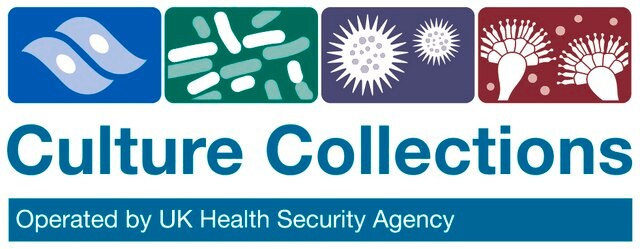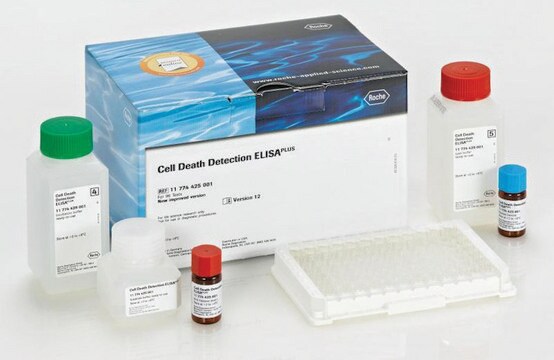Recommended Products
biological source
human esophagus
Quality Level
growth mode
Adherent
karyotype
Not specified
morphology
Epithelial
products
P53 mutation c.455C>T
receptors
Not specified
technique(s)
cell culture | mammalian: suitable
relevant disease(s)
cancer
shipped in
dry ice
storage temp.
−196°C
Cell Line Origin
Distal oesophageal adenocarcinoma,
DNA Profile
STR-PCR Data: Amelogenin: X
CSF1PO: 11
D13S317: 11,12
D16S539: 11
D5S818: 10,13
D7S820: 11,12
THO1: 6
TPOX: 8
vWA: 14
CSF1PO: 11
D13S317: 11,12
D16S539: 11
D5S818: 10,13
D7S820: 11,12
THO1: 6
TPOX: 8
vWA: 14
Culture Medium
RPMI-1640:Hams F12 1:1 + 2mM Glutamine + 10% Foetal Bovine Serum (FBS)
Subculture Routine
Split sub-confluent cultures (70-80%) 1:2 to 1:5 i.e. seeding at 3 x 10,000 cells/cm2 using 0.25% trypsin or trypsin/EDTA; 5% CO2; 37°C. There is a requirement to change the culture medium every 2-3 days.
Other Notes
Additional freight & handling charges may be applicable for Asia-Pacific shipments. Please check with your local Customer Service representative for more information.
Disclaimer
RESEARCH USE ONLY. This product is regulated in France when intended to be used for scientific purposes, including for import and export activities (Article L 1211-1 paragraph 2 of the Public Health Code). The purchaser (i.e. enduser) is required to obtain an import authorization from the France Ministry of Research referred in the Article L1245-5-1 II. of Public Health Code. By ordering this product, you are confirming that you have obtained the proper import authorization.
Storage Class
10 - Combustible liquids
wgk_germany
WGK 3
flash_point_f
Not applicable
flash_point_c
Not applicable
Choose from one of the most recent versions:
Certificates of Analysis (COA)
Lot/Batch Number
Sorry, we don't have COAs for this product available online at this time.
If you need assistance, please contact Customer Support.
Already Own This Product?
Find documentation for the products that you have recently purchased in the Document Library.
Donna E Hansel et al.
The American journal of surgical pathology, 29(3), 390-399 (2005-02-24)
Esophageal adenocarcinoma arises through well-defined precursor lesions (Barrett esophagus), although only a subset of these lesions advances to invasive adenocarcinoma. The lack of markers predicting progression in Barrett esophagus, typical presentation at advanced stage, and limitations of conventional chemotherapy result
T Kan et al.
Biochemical and biophysical research communications, 286(4), 792-801 (2001-08-25)
Human esophageal cancer cell lines and human esophageal cancer tissues were profiled on cDNA microarrays. In esophageal cancer cell lines, KYAE and OE-33 (adenocarcinomas) were distinguished from KYSE series (squamous cell carcinomas). Although SK-GT-4 and TE7 were derived from adenocarcinomas
Jurjen J Boonstra et al.
Journal of the National Cancer Institute, 102(4), 271-274 (2010-01-16)
For decades, hundreds of different human tumor type-specific cell lines have been used in experimental cancer research as models for their respective tumors. The veracity of experimental results for a specific tumor type relies on the correct derivation of the
Our team of scientists has experience in all areas of research including Life Science, Material Science, Chemical Synthesis, Chromatography, Analytical and many others.
Contact Technical Service



